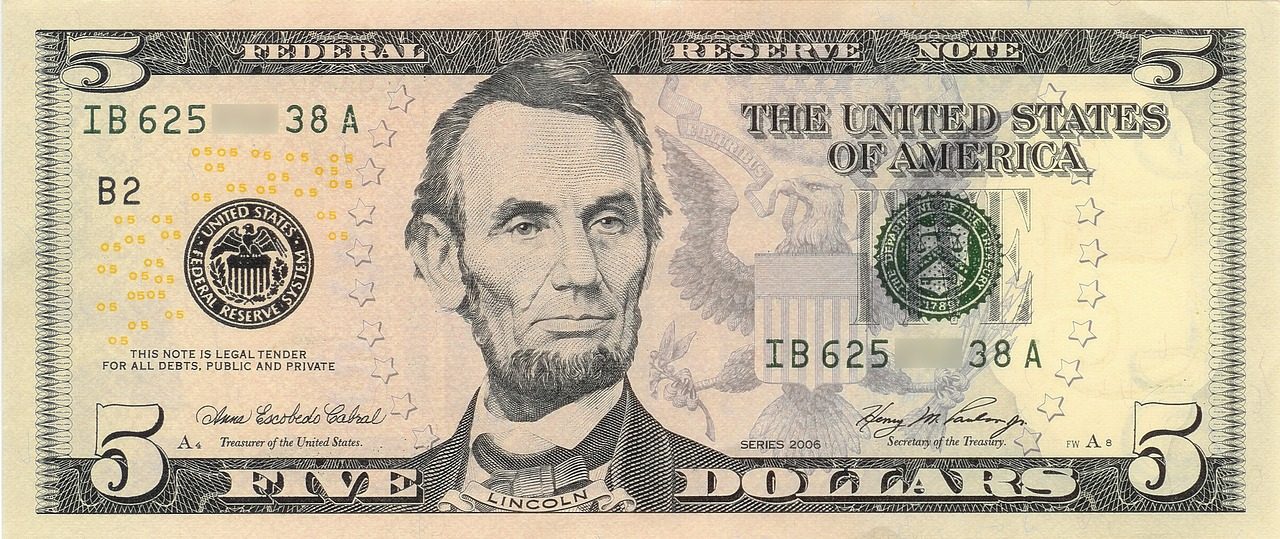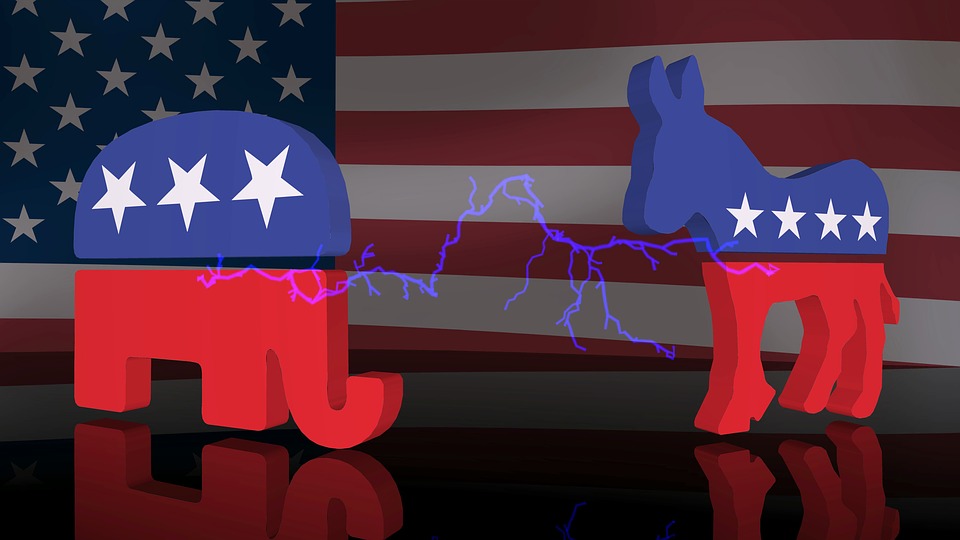Image by Welcome to all and thank you for your visit ! ツ from Pixabay
Updated June 8, 2019 –
Furtive actions by the Federal Reserve show the need for a change to transparency.
Then-Federal Reserve Chairman Ben Bernanke argued in 2012 that transparency would lead to a “nightmare scenario” in the Fed’s monetary policies.
But many others, including me, feel the Federal Reserve has overtly overstepped its monetary authority – by actually undermining the authority of Congress on fiscal policy issues. Not to mention the bogus printing of money that only benefited Wall Street insiders.
House voted for transparency
Despite opposition from the Federal Reserve, the U.S. House of Representatives acted responsibly for the welfare of the nation.
By an overwhelming 327-98 margin, the House passed an audit bill, which sat in oblivion and never passed in the U.S. Senate.
“I don’t know how anybody could be against transparency,” said bill sponsor Rep. Ron Paul (R-Texas).
He justifiably insisted American voters should be allowed to learn details about the Federal Reserve’s behavior – which includes massive bank-rescue deals and financial support of foreign central banks.
“They’re sick and tired of what happened in the bailout and where the wealthy got bailed out and the poor lost their jobs and they lost their homes,” said Rep. Paul.
He was referring to the sneaky actions — what many people felt were secretive and perhaps unethical approaches to monetary behavior with more than $1 trillion in secret loans to Wall Street big shots. (See: Federal Reserve Behavior Typified What Was Once Wrong with Economy.)
You might recall the nonpartisan Government Accountability Office (GAO) audited the central bank in 2010 as required by an amendment introduced by Sen. Bernie Sanders (D-Vermont).
“As a result of this audit, we now know that the Federal Reserve provided more than $16 trillion in total financial assistance to some of the largest financial institutions and corporations in the United States and throughout the world,” said Sen. Sanders.
The bill directed the GAO to fully audit the Federal Reserve. It would have also eliminated the transparency exemptions that protect the Federal Reserve and the Federal Open Market Committee.
Democrats oppose transparency
However, published reports indicated Democrats in the U.S. Senate ignored the need for transparency. That’s despite the common sense of Sen. Sanders with whom I usually disagree especially his socialistic ideas.
Several Democrats in the House and Senate echo the propaganda of Mr. Bernanke – they have feebly argued transparency would emasculate the Federal Reserve and would damage the central’s bank’s image.
“That will politicize the making of such policy, and I think it’s a bad way to go,” said the House Minority Whip, Rep. Steny Hoyer (D-Maryland).
Really?
It’s past time that he and Democrats in the Senate and members of the Federal Reserve stop acting like a ruling class. This is a democracy. Transparency is crucial.
From the Coach’s Corner, related articles on the Federal Reserve:
Why Federal Reserve’s QE3 Didn’t Help U.S. Economy — The Federal Reserve showed terrible judgment in printing billions of dollars for cheap money. Among 314 million+ Americans, just a relatively chosen few — big investors — benefited from the Fed’s third edition in quantitative easing (QE). The Fed is slowing its printing of money, but it’s too late.
Does the Federal Reserve Understand Small Business? — Small business is really the straw that stirs the drink in the nation’s ability to increase the number of jobs in this country. According to Small Business Administration (SBA) figures, small businesses make up more than 99 percent of all employers and employ more than half of all workers. Another SBA stat stands out: Small businesses have created 64 percent of all jobs in the last couple of decades. But small businesses have really suffered during and after the Great Recession.
“A politician is just like a pickpocket. It’s almost impossible to get one to reform.”
-Will Rogers
__________






